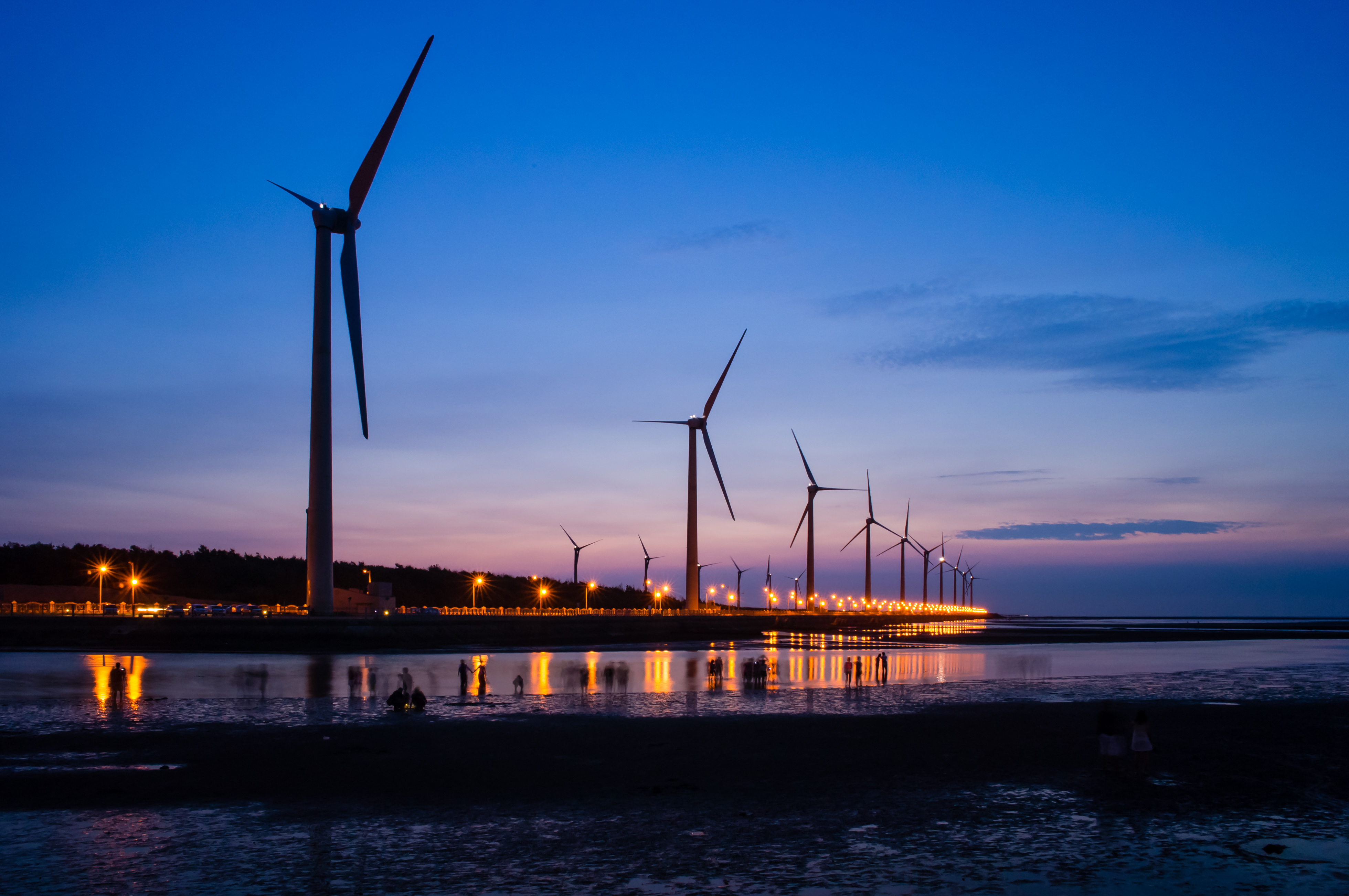The statement was a long-awaited step in integrating the EU economies, but also an ambitious one. The EU, and Europe in general, is home to a patchwork of national approaches to energy security and regulation. That difficulty is compounded by legacy systems that must be brought into harmony, as well as political mistrust among some of the states involved. A further complication is the different pace at which countries are impacted by trends in energy demand and power generation. Europe’s journey to energy union, while clearly leading to a more efficient and secure power market, will be neither smooth nor fast. This research looks at the goal of energy union in Europe, and what it might take to reach that goal. Here are some of the key findings of this research:
- Many European countries are inefficient ‘energy islands’ isolated even from their nearest neighbours. In many countries, too, households have little choice of supplier and face hefty bills, despite decades of EU-level efforts to open national energy markets to competition.
- An integrated European electricity market would help to address this problem by boosting market competition and aiding price convergence across the continent, but Europe is only at the start of creating such a market.
- Market coupling – a variant of energy union that brings all bids and offers from national power exchanges into one ‘basket’ for cross-border trading, along with the necessary transmission capacity to convey it from point to point – could save consumers €2.5-€4 billion a year in the EU alone, according to the European Commission.
- While the EU sets energy rules at a supranational level, in practice it must grapple with 28 national regulatory systems, each heavily influenced by domestic political concerns, foreign policy stances, legacy energy investments and projected energy requirements.
- Vital energy infrastructure is ageing in much of Europe and requires substantial investment. In addition, new and specialised infrastructure will be needed to accommodate increased production and trading of energy from renewable sources. Creative financing mechanisms will be needed to meet these requirements.





